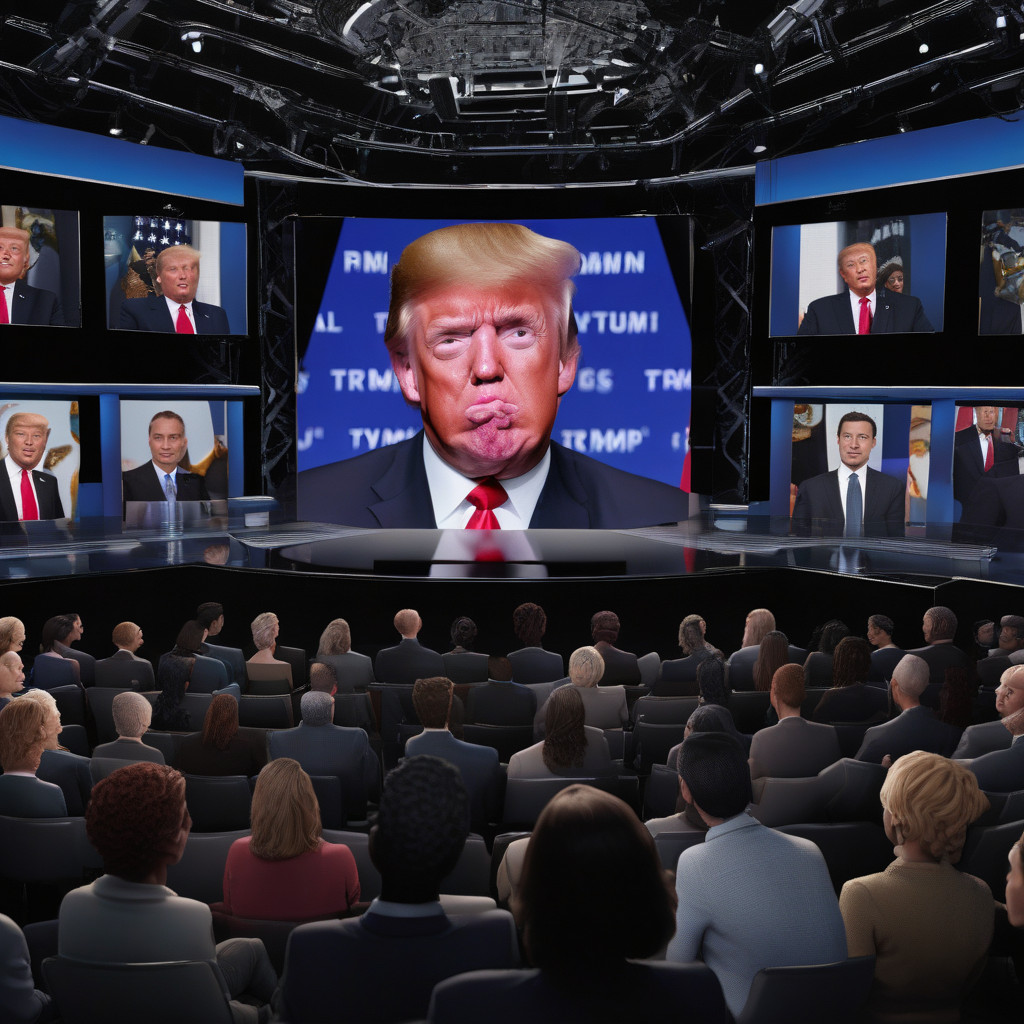Trump’s Decision to Lift Biden-era AI Regulations: Balancing Innovation and Risk
President Donald Trump’s recent executive order overturning Biden-era rules on AI development has sparked a heated debate within the tech community. The move is seen as a significant step towards accelerating advancements in AI technology. However, it also raises concerns about potential risks associated with the less stringent oversight.
The executive order signed by Trump shifts the focus from mandatory regulations to voluntary commitments for AI developers. This shift aims to promote innovation by reducing regulatory requirements, such as safety testing and government oversight before releasing AI systems. While some view this as an opportunity for unrestricted innovation, others warn about the implications of lax regulations.
The creation of an “AI Action Plan” under Trump’s policy is intended to bolster America’s leadership in AI and enhance national security. By involving key figures like Michael Kritsios and David Sacks, the administration aims to drive significant advancements in AI technology. Additionally, the unveiling of the Stargate initiative as a public-private partnership demonstrates a commitment to investing in the nation’s AI infrastructure.
While the Stargate initiative promises substantial investments and job creation, concerns have been raised about the potential consequences of reduced government oversight. Critics warn that loosening regulations could lead to the displacement of federal workers and exacerbate inequalities. The rapid advancement of AI technology, facilitated by initiatives like Stargate, may necessitate a recalibration of how humans and AI collaborate in the workplace.
Despite the concerns surrounding the removal of AI regulations, it is essential to recognize that responsible AI development relies not only on government oversight but also on industry commitments and market-driven initiatives. Commercial incentives and industry standards play a crucial role in ensuring the safe and ethical development of AI technologies.
Looking ahead, the debate over AI regulation and innovation is likely to intensify as AI becomes more ingrained in everyday life. With the potential for AI to revolutionize various industries, finding the right balance between innovation and safety will be crucial. As organizations navigate this evolving landscape, monitoring state-level AI regulations and aligning AI initiatives with company goals will be key to driving responsible AI development.
In conclusion, Trump’s decision to lift Biden-era AI rules underscores the complex nature of AI governance. As the technology continues to advance rapidly, striking a balance between fostering innovation and mitigating risks will be paramount. By staying informed about regulatory developments and aligning AI strategies with ethical considerations, organizations can navigate the evolving AI landscape effectively.

